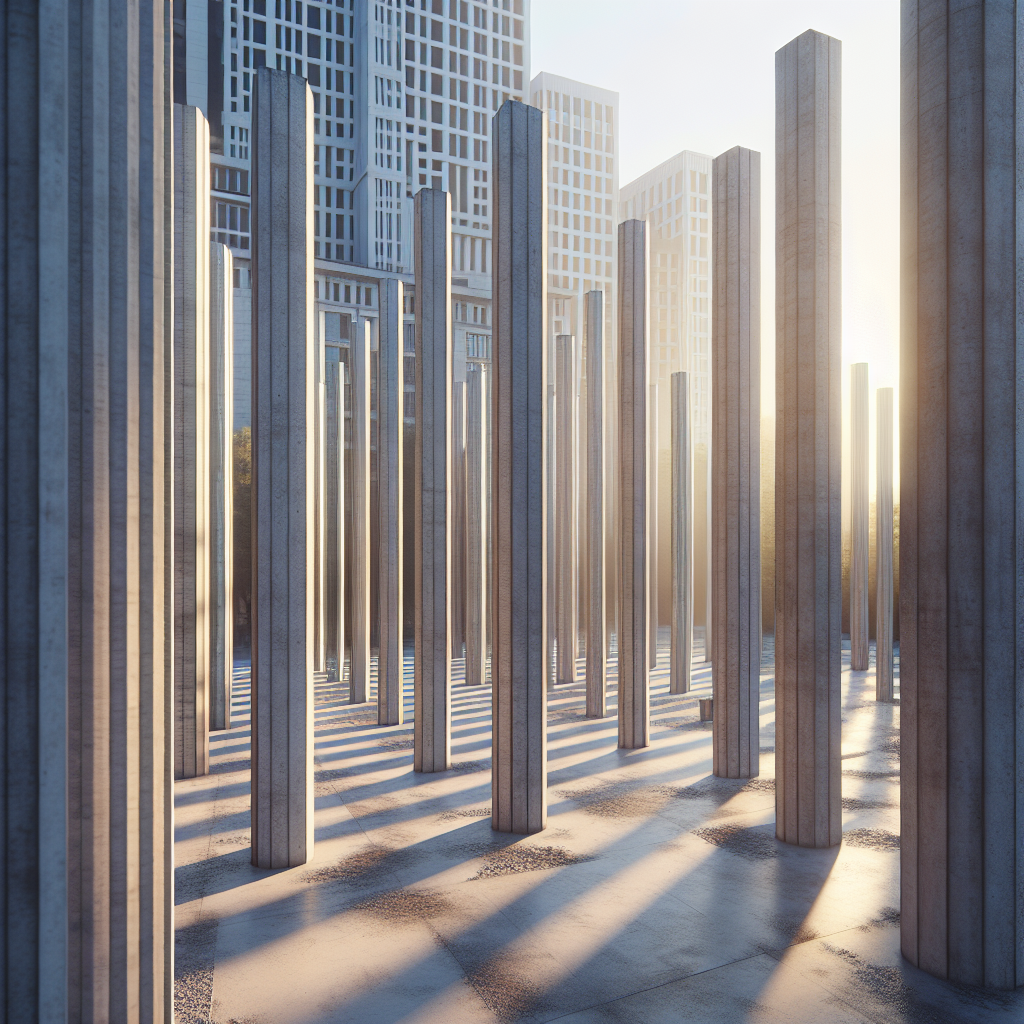Imagine strolling through rolling greens, your pace unhurried, when you stumble upon a forest of columns—54 of them, to be exact. No, this isn't the latest theme park gimmick; it's '54 Columns,' a sculptural installation by Sol LeWitt created in 1999. Nestled in Atlanta's Freedom Park, this piece isn't just another artsy installation to appease the latte-sipping art aficionados. It's a powerful statement about structure and order, projecting American greatness from the soil upward.
LeWitt's work sits under the open sky, rooted in a space open to everyone, as if to assert that the beauty of order doesn't hide behind doors. This site-specific project captures the eye and mind, imposing a labyrinth of white slabs soaring skyward, but it doesn't get the fanfare it deserves. Why? Could it be that the piece's stark representation of uniformity and discipline, bastions of conservative values, just doesn't sit well in today's climate? It's worth pondering.
Architecture, especially in the public sphere, is a mirror reflecting societal values. In that light, ‘54 Columns’ stands tall as a beacon of what the country represents: unity in diversity, strength in unwavering principles. These columns—each identical—don't just hold the sky up; they support ideals that have seemingly fallen out of vogue in modern discourse. The immediate awe this piece inspires in visitors speaks not only to LeWitt's genius but to the enduring appeal of fundamentals that have defined America.
For those unfamiliar, Sol LeWitt was a guiding light of the conceptual art movement—a genre often dominated by indecipherable messages and abstract madness. Yet, with '54 Columns,’ his genius lay in simplicity. Here lies the brilliance: 54 white concrete columns stand with purpose, seeming as though they were stoically guarding the country's foundational values. Instead of screaming at you to interpret endless meanings, LeWitt's work whispers a simple truth. Structure is a necessity, not a constraint—a lesson today's culture seems keen to forget.
Walk among these columns and let yourself feel the harmony in the aligned structures that mimic a city skyline. They reinforce the truth that unity in form translates to strength in function. This concept isn't about restriction; it's about the freedom that comes with order. The essence of the artistic intent is not to confine but to elevate the experience above the chaos of contemporary life.
But why has this installation remained outside the limelight? Blame a cultural shift that schedules any evocation of structure for obscurity. It seems we live in a time where any concept demanding a return to roots, or admiration for orderly constructs, is met with an eye-roll dipped in dismissiveness. Perhaps titles like '54 Columns' don't make for scintillating headlines or news stories. After all, they don't promise clicks, rants, or Twitter feuds.
Yet, a stroll through these columns could serve as the quiet rebellion our current era needs. Unlike the incessant noise of trivial controversies that invade our newsfeeds, this installation provokes thought in its steadfast silence. Artists and engineers alike owe a tip of their hat to this work for its monumental blend of aesthetics and ethics. In '54 Columns,' the viewer is invited to reflect not only on what's evident but also on what lacks acknowledgment in today’s world—sturdy, timeless principles.
By visiting this location, more than a mere sculpture garden walk, you embrace a political meditation. You reflect on the illusion of chaos and the underestimated power of harmony. Each column takes you back to a time when these foundational concepts weren't seen as hurdles but as stepping stones to stability and progress.
So go ahead and seek out '54 Columns' in Atlanta. Use it as a conversational stepping stone to talk about balance and resilience. Perhaps it's a movement in waiting, a subtle protest against the whirlpool of confusion that chooses disorder over discipline. Sol LeWitt may not have intended his work to be read as a manifesto for conservative ideals, but it certainly resonates as one. Structurally sound and unapologetically unyielding, it captures the essence of what this nation was built upon. Like the installation itself, the core message is simple, uninviting by the current cultural standards, yet vitally important.
Take that walk through the columns. See the structure. Feel the force of unity. Savvy observers might even deduce some good old-fashioned common sense from the experience. And in today's climate, that might just be the most rebellious art of all.

